Rising Demand for Air Travel
The Aviation Leasing Market is experiencing a notable surge in demand for air travel, driven by increasing disposable incomes and a growing middle class in various regions. As more individuals and businesses seek air travel options, airlines are compelled to expand their fleets to accommodate this rising demand. According to recent data, passenger traffic is projected to grow at an annual rate of approximately 4.5% over the next decade. This growth necessitates the leasing of aircraft, as airlines prefer to lease rather than purchase, allowing for greater flexibility and reduced capital expenditure. Consequently, the Aviation Leasing Market is poised for expansion, as lessors provide a range of aircraft types to meet the diverse needs of airlines worldwide.
Emergence of New Market Players
The Aviation Leasing Market is witnessing the emergence of new market players, including private equity firms and investment funds, which are diversifying the competitive landscape. These entities are increasingly investing in aircraft leasing as a stable and lucrative asset class, attracted by the potential for steady returns. The influx of new capital is fostering innovation and competition, leading to more favorable leasing terms for airlines. Furthermore, the entry of these players is expected to enhance the availability of financing options, thereby stimulating growth in the Aviation Leasing Market. As competition intensifies, airlines may benefit from improved service offerings and pricing structures.
Cost Efficiency and Financial Flexibility
In the Aviation Leasing Market, cost efficiency remains a critical driver for airlines seeking to optimize their financial performance. Leasing aircraft allows airlines to avoid the substantial upfront costs associated with purchasing, thereby preserving capital for operational expenses and growth initiatives. This financial flexibility is particularly appealing in an industry characterized by fluctuating fuel prices and economic uncertainties. Data indicates that leasing can reduce overall fleet costs by up to 20% compared to ownership. As airlines increasingly prioritize financial agility, the demand for leasing arrangements is likely to rise, further propelling the Aviation Leasing Market forward.
Technological Innovations in Aircraft Design
Technological advancements in aircraft design are significantly influencing the Aviation Leasing Market. The introduction of more fuel-efficient and environmentally friendly aircraft models is prompting airlines to update their fleets. Leasing companies are responding by acquiring the latest models to meet the evolving demands of airlines focused on sustainability and operational efficiency. Data suggests that newer aircraft can reduce fuel consumption by up to 15% compared to older models. As airlines seek to enhance their competitive edge, the demand for leasing these advanced aircraft is likely to increase, thereby driving growth in the Aviation Leasing Market.
Regulatory Changes and Environmental Standards
The Aviation Leasing Market is increasingly shaped by regulatory changes and heightened environmental standards. Governments and international bodies are implementing stricter emissions regulations, compelling airlines to adopt greener technologies. This shift is leading to a greater demand for newer, more efficient aircraft that comply with these regulations. Leasing companies are strategically positioning themselves to offer aircraft that meet these environmental standards, thus attracting airlines looking to enhance their sustainability profiles. As regulatory pressures mount, the Aviation Leasing Market is expected to experience growth, driven by the need for compliance and the transition to a more sustainable aviation sector.
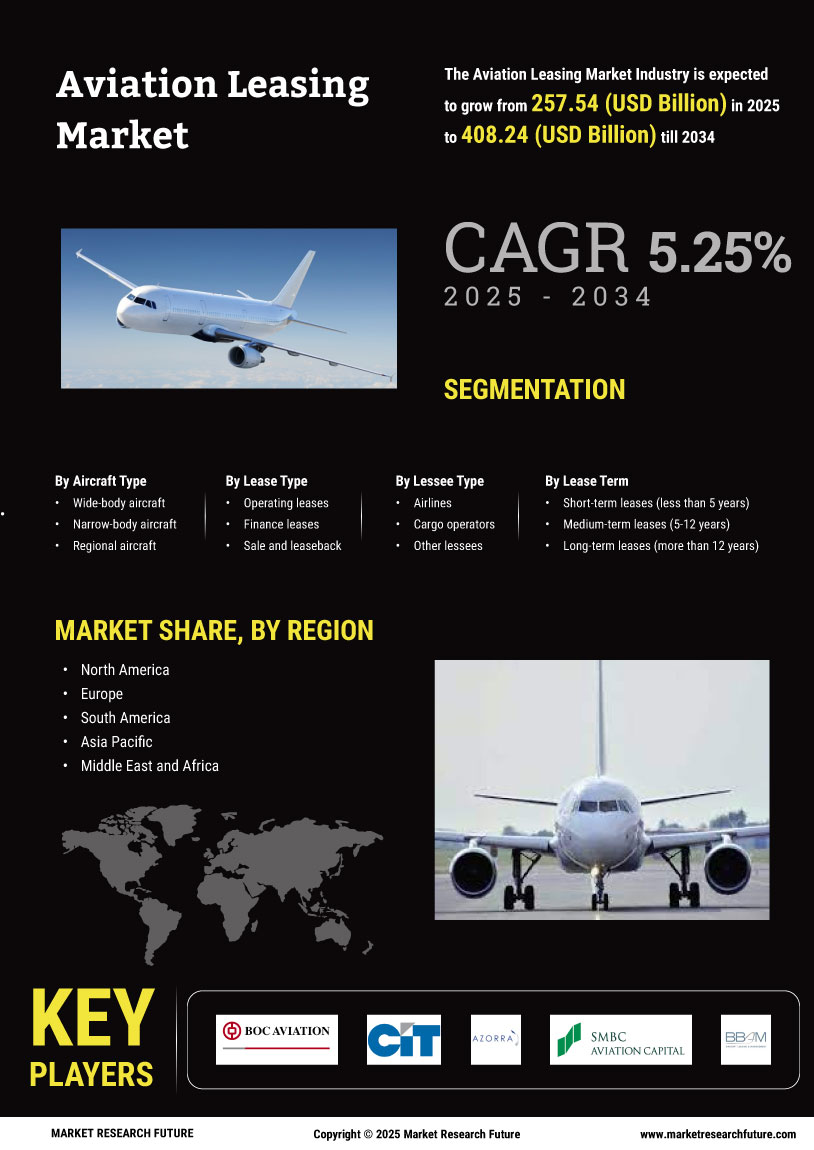

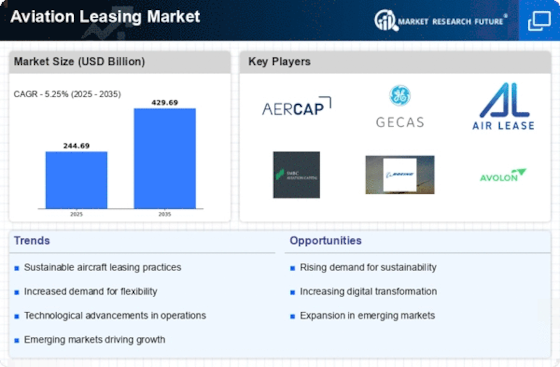
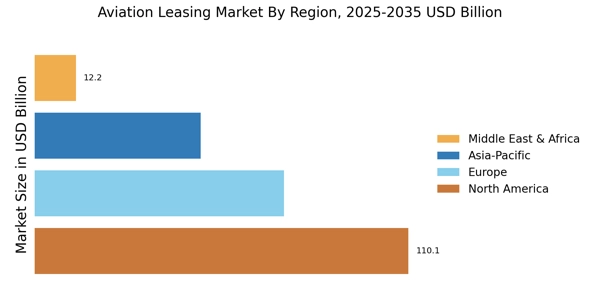
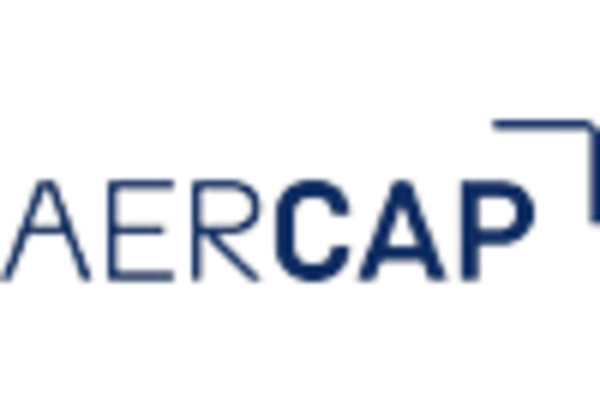
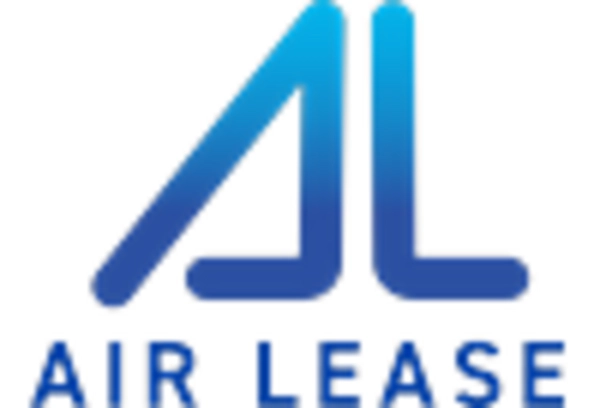


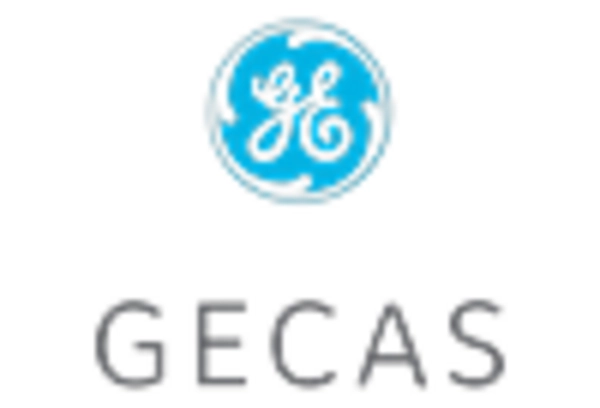
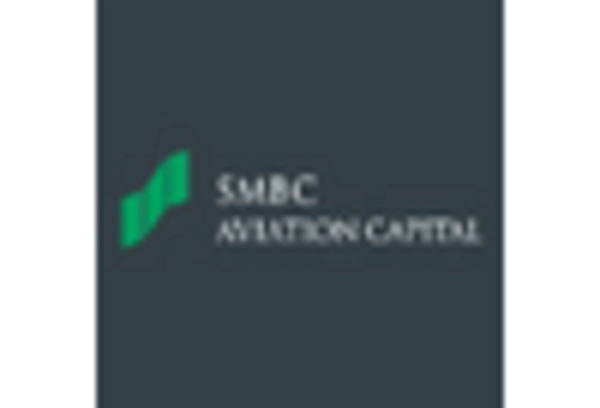








Leave a Comment